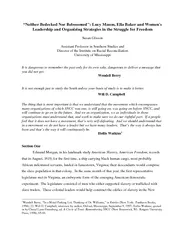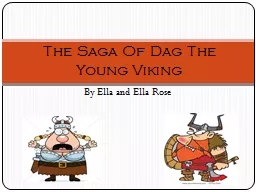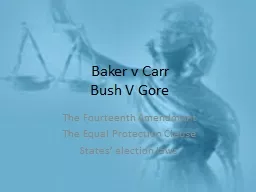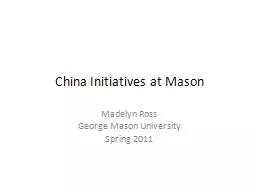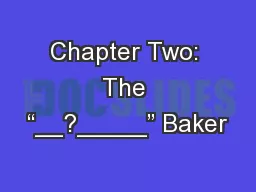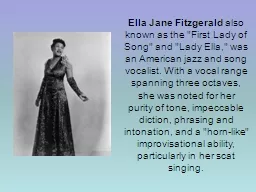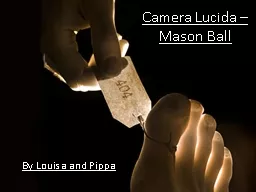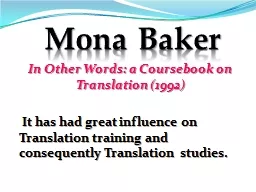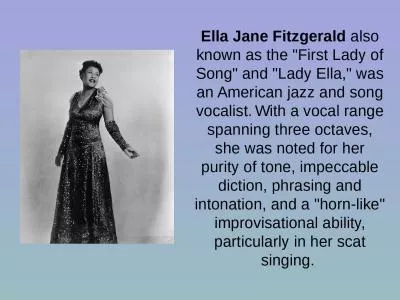PDF-Neither Bedecked Nor Bebosomed Lucy Mason Ella Baker a
Author : phoebe-click | Published Date : 2015-05-04
Wendell Berry It is not enough just to study the South unless your basis of study is to make it better Will D Campbell The thing that is most important is that we
Presentation Embed Code
Download Presentation
Download Presentation The PPT/PDF document "Neither Bedecked Nor Bebosomed Lucy Maso..." is the property of its rightful owner. Permission is granted to download and print the materials on this website for personal, non-commercial use only, and to display it on your personal computer provided you do not modify the materials and that you retain all copyright notices contained in the materials. By downloading content from our website, you accept the terms of this agreement.
Neither Bedecked Nor Bebosomed Lucy Mason Ella Baker a: Transcript
Download Rules Of Document
"Neither Bedecked Nor Bebosomed Lucy Mason Ella Baker a"The content belongs to its owner. You may download and print it for personal use, without modification, and keep all copyright notices. By downloading, you agree to these terms.
Related Documents

